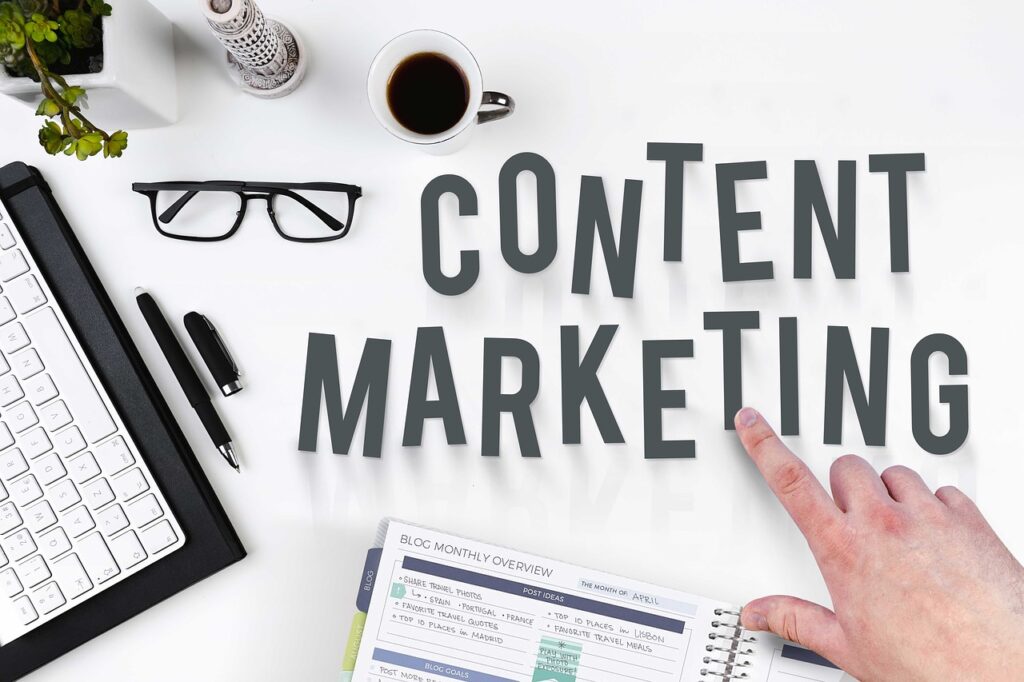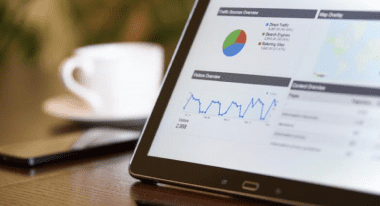Take a look at how the sales team can navigate in the post-pandemic world by catching up on these five trends that will drive selling in the new normal-
1.Asynchronous communication will become a game-changer.
The screen was the only way many had access to the outside world during the pandemic. The growth of the virtual world only increased the necessity for sales personnel to reach the customers where they are. It’s no surprise that asynchronous communication took center stage during this time.
Simplistically speaking, asynchronous communication is communication that does not happen in real-time. The communicator and recipient usually have a common communication platform such as a website, messaging, or email.
Even in a post-pandemic world, asynchronous communication will dominate sales strategy.
A successful asynchronous sales strategy provides valuable information to address customers’ needs.
For example, if your sales strategy uses drip campaigns, then every touchpoint needs to have a clear flow of information. One piece of information must make your customer curious about the next piece of information.
Chatbots on websites will strengthen asynchronous communications too. It will help customers to get information or contact the organization instantly.
Make sure you don’t become a part of the crowd with too many asynchronous communication points. An overload of the content may induce your customers to tune out. Craft a strategy that adds crucial value to your customers from the first point of the funnel. Also, include a specific call-to-action to make every touchpoint valuable for the customer.
2. Technological sales enablement will drive revenue.
The social distancing era has birthed several innovative solutions for remote communications. These innovations have also trickled into how businesses sell their products and services. Technology became the savior of sales targets and business scalability during the pandemic. Customer Relationship Management (CRM) tech like Hubspot and Salesforce, along with Prospecting and lead generation tools like Leadfeeder, were just some of the must-haves in your sales tech stack during the pandemic.
The post-pandemic world will be no different from this. Tech-enabled sales solutions will be mushrooming in the years to come. The sales tech landscape will include categories like CRM, sales engagement, sales enablement, pipeline, reporting and analytics, and coaching and training. Sales automation tools like ZoomInfo will help turbocharge the sales process by taking care of tedious and redundant tasks.
Tech-enabled processes give access to real-time engagement insights. They help to get in touch with the customers in ways that drive business revenue. Hence, sales enablement always has a window to evolve or pivot strategies with technological solutions.
In a world of information overload, there is no time for dropped mails, pitch disconnects, or logistical difficulties. Technology prevents sales from stalling in the pipeline by helping sales representatives to engage with customers throughout the buying journey.
3. Data-driven decision-making will be the guiding force for sales
The post-pandemic world is not only ready for data-driven sales but will be leveraging it for a better customer experience. Data helps the sales teams to anticipate customer needs and makes space for a far more personalized sales messaging.
A data-driven sales strategy that unleashes the power of AI by collecting the right data set will be critical now. Data will be significant to the sales team in better understanding the user persona, their intent, engagement level, and journey. Understanding the user persona will help better understand the target audience, their demographics, their pain points, and their goals. The intent will show why the user is searching for content and if your sales strategy matches customer needs and is able to push users through the sales funnel. And gathering data about their engagement level, like the time spent on the conversion funnel (for instance, the pricing page), will help understand the conversion rate at each stage of the funnel.
Gathering the correct data, mining this data to predict user behavior, and aligning sales strategies to meet user goals will help create powerful sales and marketing strategies. Besides taking the guesswork out of cold calling and providing actionable insights, it will also help to convert prospects into potential buyers by improving their experience.
Data will become the king in the post-pandemic world. It will help sales teams to determine the sales readiness of their customers. And gauge who is most likely to become a buyer or a loyal customer, all from a remote office.
4. Content marketing will undergo major changes

The content marketing world underwent seismic shifts during the pandemic. With several lockdowns and work-from-home routines, people are spending more time than ever on the internet. Content production has increased in response to these changing consumption habits.
Marketers can no longer depend on one format or platform and expect customers to stumble upon their content. Repurposing and producing multi-format content is the new rule in the sales world. The multi-format content wave has given rise to shoppable links. These links allow customers to buy without having to visit a new website and click on multiple pop-ups.
Another post-pandemic content trend to look out for is AR, VR, and 3D imaging. People have given up on long travels for good and do not intend to go back to it even as the pandemic ends. Technologies such as AR, VR, and 3D imaging will take video marketing a step further to create realistic virtual experiences for customers.
By far, the most important trend to look out for in the content marketing world is empathetic brand messaging. Empathetic communication became a precursor as the world got swept by a global health crisis. Addressing social responsibility in sales strategies will be of utmost importance for selling in the new normal.
5. Inside sales will be the primary selling strategy

Inside sales is making a remote sale from an office-based environment, rather than relying on in-person meetings. Digital tools are primary techniques for an inside salesperson.
People with inside sales skills will be more in demand in the post-pandemic world. As more businesses permanently shift to remote work, inside sales will become the primary strategy. Sales personnel with knowledge of remote selling technologies and Mar-tech tools will be driving most of the sales.
You can also expect to see an ownership shift of the sales funnel. In the pre-pandemic world, inside sales were responsible for owning top-of-the-funnel and would pass qualified leads to the outbound sales team. This is going to change now. Inside sales team will rise to the occasion and take ownership for progressing the leads down the sales funnel by collaborating with other key stakeholders within the organization and on the client side.
The pandemic has marked the world with changes that will affect businesses worldwide for decades to come. If you are wondering how to adapt your sales models to these impending changes, get in touch with us at Cusp Services here.


